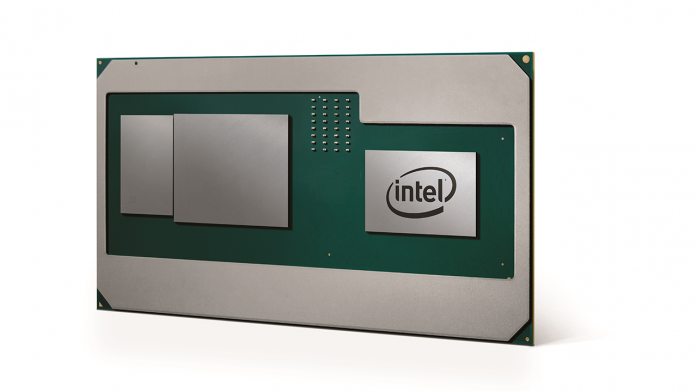Previously, consumers had just two choices when it came to laptops. They could buy a thin and light laptop with integrated graphics, or a bulkier laptop with a dGPU. Thanks to this partnership, that may be a thing of the past. “The new product, which will be part of our 8th Gen Intel Core family, brings together our high-performing Intel Core H-series processor, second generation High Bandwidth Memory (HBM2) and a custom-to-Intel third-party discrete graphics chip from AMD’s Radeon Technologies Group* – all in a single processor package,” said Chris Walker, vice president of the client computing group at Intel. As a result, Intel says it can reduce the silicon footprint by half, allowing for thinner designs or freeing space for other hardware.
Nvidia Will Still Win the Top-End Battle
It’s a collaboration that nobody thought would happen, but it also makes sense. The solution is designed to replace higher-end H-series SKU’s, so it’s likely Intel’s HD Graphics solutions will live on. AMD, meanwhile, doesn’t see it as a threat to its Ryzen APUs, as they will compete in the lower performance bracket. “Together we are offering gamers and content creators the opportunity to have a thinner-and-lighter PC capable of delivering discrete performance-tier graphics experiences in AAA games and content creation applications,” said Scott Herkelman, vice president of the AMD Radeon Technology Group. Despite this, it’s unlikely Nvidia will be too worried. Intel’s new offering will likely offer great performance per dollar, but won’t beat the best on the market. We won’t see AAA games running well in 4K, but it could propel the chip makers in the 1080p space. Personally, I’m fine with that, especially when you consider the benefit to all-in-one and 2-in-1 devices.




